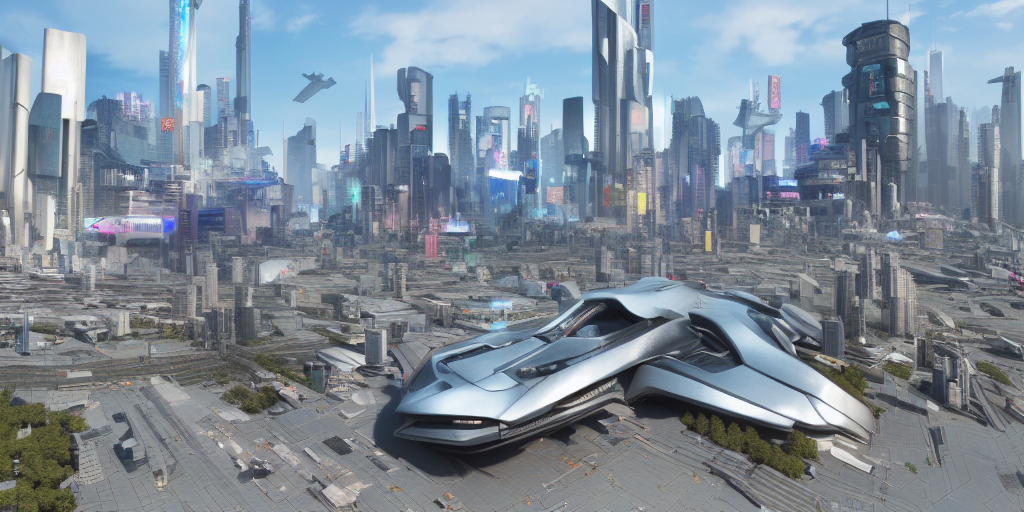
As designers, we are constantly thinking about the future. We imagine new products and services, create prototypes, and test out ideas to see what might work and what might not. But what if we could actually see the future? What if we could hold it in our hands and touch it?
This is where techniques like future casting, critical design, speculative design, and design fiction come into play. These are design approaches that use various tools and techniques to explore and critique potential future developments and trends. They are forms of design activism that seek to raise awareness and spark debate about important issues, and to stimulate change and innovation.
Whether you’re using the future cone to visualize potential future events and developments, creating physical prototypes of future design artifacts, or telling stories about the future with design fiction, these techniques can provide valuable insights into what the future might hold. They can help us to make better decisions and plan for the future more effectively, and to be better prepared for the challenges and opportunities that lie ahead.
Have you ever wondered what the future might hold? If so, you’re not alone. People have been trying to predict the future for centuries, using everything from astrology to data analysis. And while we may not have crystal balls or time machines, there is a way to gain insights into the future using design thinking and speculative design: it’s called future casting.
Future casting is the practice of using design thinking and speculative design techniques to try and anticipate potential future developments and trends. This might involve analyzing data, studying current trends and patterns, and conducting research to identify potential future scenarios. It also involves using design thinking to come up with creative solutions and strategies for dealing with potential future challenges and opportunities.
So why should we bother with future casting? For one thing, it can help us to make better decisions and plan for the future. By anticipating potential events and developments, we can be better prepared for what’s to come. This can give us a competitive edge and help us to be more successful in our endeavors.
Additionally, future casting can help us to identify potential opportunities and threats that we might not have been aware of. This can allow us to develop strategies for dealing with them and to take advantage of opportunities as they arise. By using design thinking and speculative design, we can come up with creative solutions that might not have been possible using traditional methods.
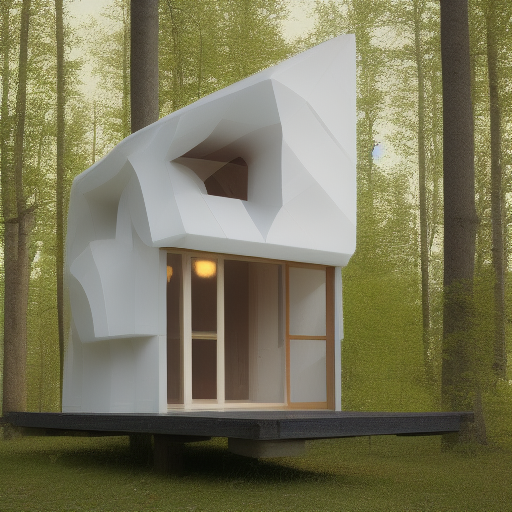
Of course, no one can predict the future with 100% accuracy. But that’s not the point of future casting. The goal is to use design thinking and speculative design to gain a better understanding of what the future might hold, so that we can be better prepared for it.
So if you want to gain insights into the future using design thinking and speculative design, give future casting a try. It’s not an exact science, but it can help you to be more prepared for what’s to come.
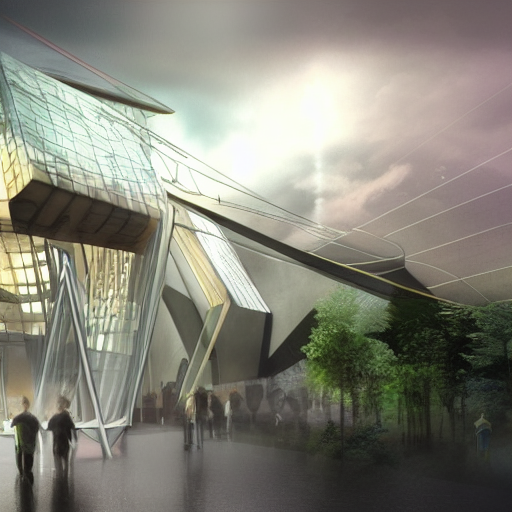
Speculative design is a design approach that uses design to explore and critique potential future developments and trends. It is a form of design activism that seeks to raise awareness and spark debate about important issues, and to stimulate change and innovation.
Speculative design often involves creating designs or design concepts that are intentionally provocative or controversial. These designs may challenge accepted norms and values, or present alternative ways of thinking about and experiencing the future. For example, a speculative design project might use design to critique consumerism, or to imagine a world without cars.
In addition to creating designs, speculative designers often engage in research and analysis to better understand the issues and challenges they are addressing. This might involve conducting interviews, surveys, and other forms of research to gather data and insights. The goal of this research is to provide a deeper understanding of the future, and to inform the design process.
Overall, speculative design is a powerful tool for raising awareness and stimulating change. By using design to explore and critique potential future developments, speculative designers can spark debate and inspire innovation.
The future cone is a valuable tool for anyone interested in future casting and anticipating potential future developments and trends. It consists of a cone-shaped diagram with the present at the narrow end and the future at the wide end. This visual representation allows us to see the range of potential future events and developments, and to understand how they might unfold over time.
The future cone is divided into three sections: the known knowns, the known unknowns, and the unknown unknowns. The known knowns are events and developments that are already known to us and that we can be certain will happen. These might include things like planned product launches or known market trends. The known unknowns are potential events and developments that we are aware of but that we cannot be certain will happen. These might include things like potential changes in regulations or shifts in consumer behavior. The unknown unknowns are events and developments that we are not aware of and that we cannot anticipate. These might include things like unexpected market disruptions or technological breakthroughs.
By using the future cone, we can gain a better understanding of the range of potential future events and developments, and how they might interact with each other. This can help us to make more informed decisions and plan for the future. It can also help us to identify potential opportunities and threats and to develop strategies for dealing with them.
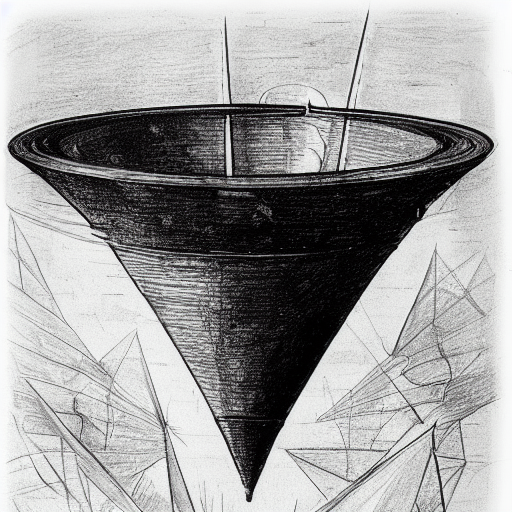
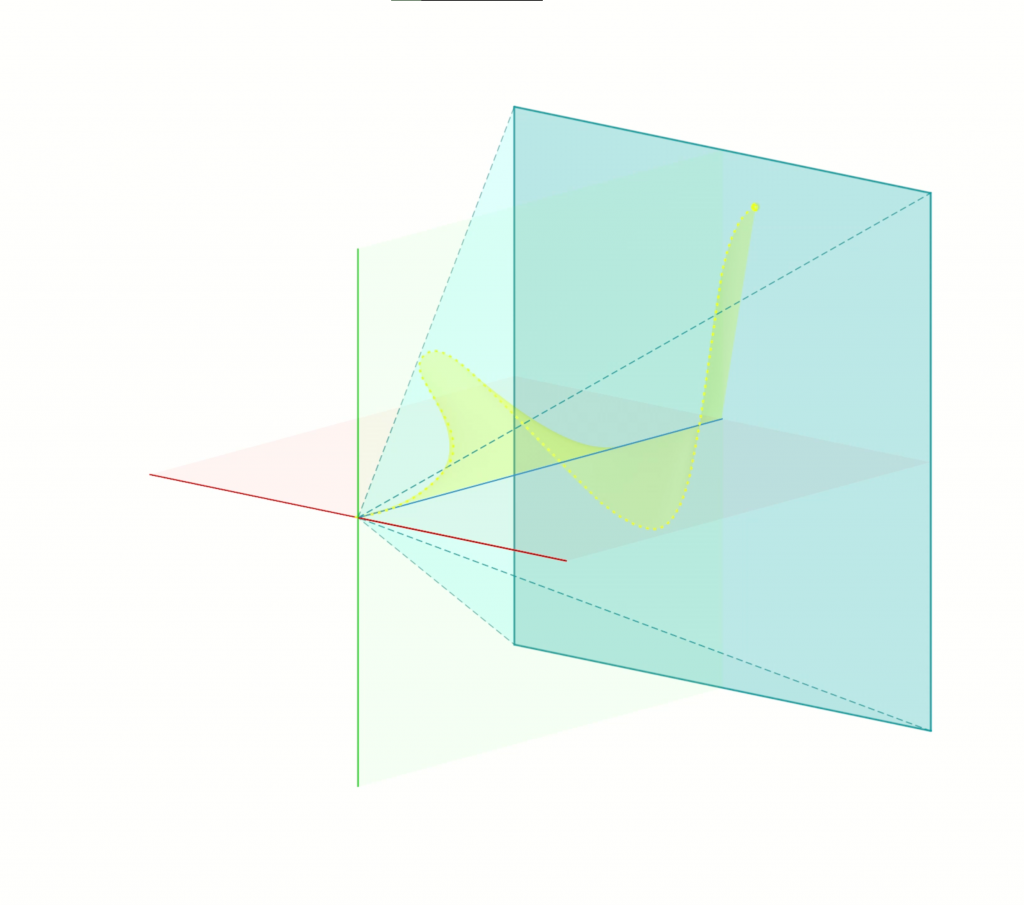
Strategic mapping is a tool used by organizations to plan for the future and to achieve their long-term goals and objectives. It involves creating a visual representation of an organization’s current position and its desired future state, and identifying the steps that need to be taken to get from one to the other.
Strategic mapping typically involves creating a map or diagram that shows the organization’s current position and its desired future state. The map might include things like the organization’s mission, vision, and values; its strengths, weaknesses, opportunities, and threats; and its key goals and objectives. By visualizing these elements, the organization can gain a better understanding of its current position and where it wants to be in the future.
Once the map has been created, the organization can use it to identify the steps that need to be taken to achieve its desired future state. This might involve setting specific goals and objectives, and developing strategies and plans for achieving them. The map can also be used to track progress and to make adjustments as needed.
Overall, strategic mapping is a valuable tool for organizations that want to plan for the future and achieve their long-term goals and objectives. By creating a visual representation of their current position and desired future state, and by identifying the steps needed to get there, organizations can gain a better understanding of their situation and be better prepared to navigate the challenges and opportunities of the future.
Critical design is a design approach that uses design to challenge and critique existing social, political, and cultural norms and values. It is a form of design activism that seeks to raise awareness and spark debate about important issues, and to stimulate change and innovation.
Critical design often involves creating designs or design concepts that are intentionally provocative or controversial. These designs may challenge accepted norms and values, or present alternative ways of thinking about and experiencing the world. For example, a critical design project might use design to critique consumerism, or to imagine a future without cars.
In addition to creating designs, critical designers often engage in research and analysis to better understand the issues and challenges they are addressing. This might involve conducting interviews, surveys, and other forms of research to gather data and insights. The goal of this research is to provide a deeper understanding of the issues at hand, and to inform the design process.
Overall, critical design is a powerful tool for raising awareness and stimulating change. By using design to challenge and critique existing norms and values, critical designers can spark debate and inspire innovation.
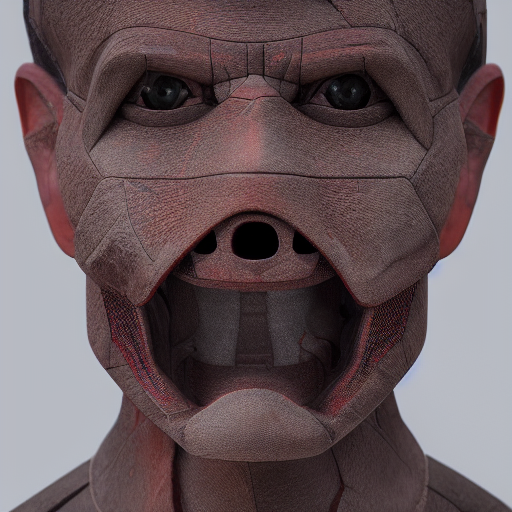
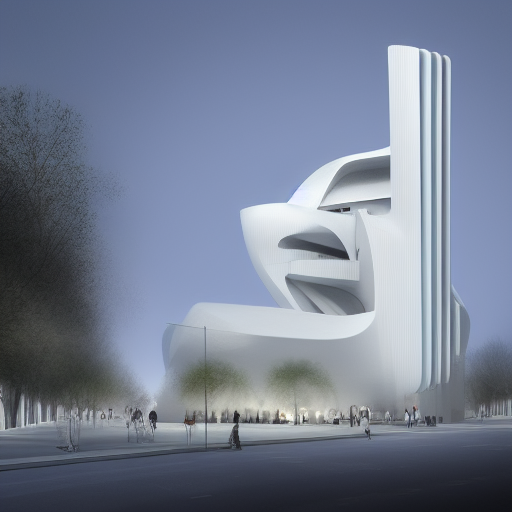
As designers, we are constantly thinking about the future. We imagine new products and services, create prototypes, and test out ideas to see what might work and what might not. But what if we could actually see the future? What if we could hold it in our hands and touch it?
This is the idea behind future design artifacts. These are physical objects or prototypes that are created using design thinking and other methods to anticipate and explore potential future developments and trends. They are designed to be touchstones that help us to visualize and better understand the future, and to be better prepared for it.
Future design artifacts can take many forms. They might be physical prototypes of products or services that don’t yet exist, or they might be models or simulations that show how something might work in the future. They might also be more abstract, such as diagrams or maps that show potential future scenarios.
What makes future design artifacts so valuable is that they provide a tangible and interactive way of exploring the future. By holding them in our hands and interacting with them, we can gain a better understanding of what the future might hold, and what it might feel like. This can help us to make more informed decisions and plan for the future more effectively.
So if you want to gain insights into the future, consider creating some future design artifacts. They may not be crystal balls, but they can provide a tangible and interactive way of exploring the future and gaining a better understanding of what it might hold.
Design fiction is a design approach that uses storytelling and fictional scenarios to explore and critique potential future developments and trends. It is a form of design activism that seeks to raise awareness and spark debate about important issues, and to stimulate change and innovation.
Design fiction often involves creating stories or narratives that are set in the future, and that explore potential developments and trends. These stories may challenge accepted norms and values, or present alternative ways of thinking about and experiencing the future. For example, a design fiction project might use storytelling to critique consumerism, or to imagine a world without cars.
In addition to creating stories, design fiction practitioners often engage in research and analysis to better understand the issues and challenges they are addressing. This might involve conducting interviews, surveys, and other forms of research to gather data and insights. The goal of this research is to provide a deeper understanding of the future, and to inform the design fiction process.
Overall, design fiction is a powerful tool for raising awareness and stimulating change. By using storytelling and fictional scenarios to explore potential future developments, design fiction practitioners can spark debate and inspire innovation.
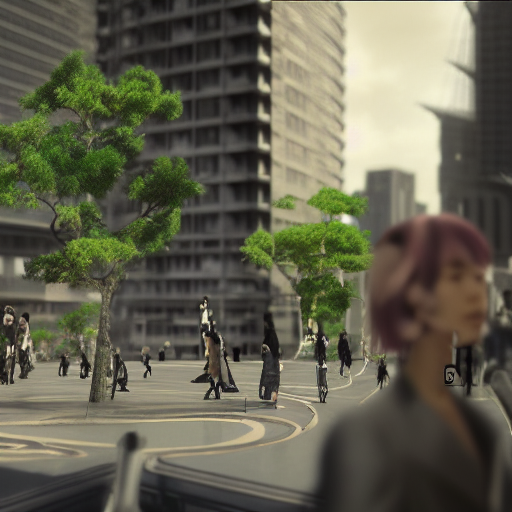
One of the ways that designers can use 3D animation to visualize the future is by creating virtual environments and scenarios that show potential future developments and trends. These might be detailed, realistic simulations of cities, buildings, and other environments, or they might be more abstract, stylized representations of future concepts and ideas.
By using 3D animation to create these virtual environments and scenarios, designers can gain a better understanding of what the future might look and feel like. They can explore different scenarios and see how they might play out over time, and they can make adjustments and changes as needed. This can help designers to be better prepared for the future, and to develop more effective strategies and plans.
Additionally, 3D animation can be used to create engaging and immersive visualizations that can help to communicate complex ideas and concepts to a wider audience. These visualizations can be shared with others and used to spark debate and discussion about the future, and to inspire innovation and change. Overall, 3D animation is a powerful tool for visualizing the future and gaining insights into what it might hold.
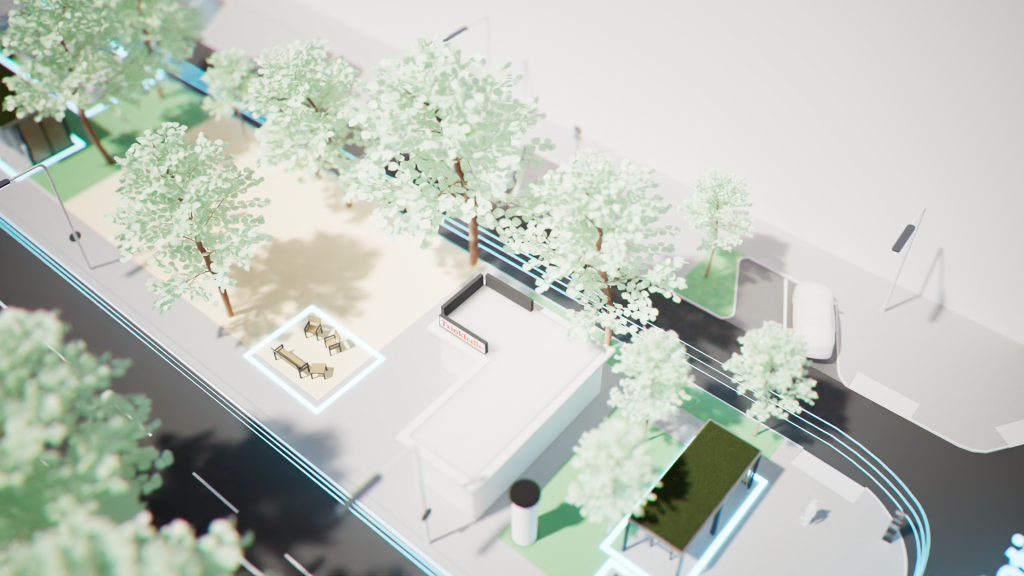
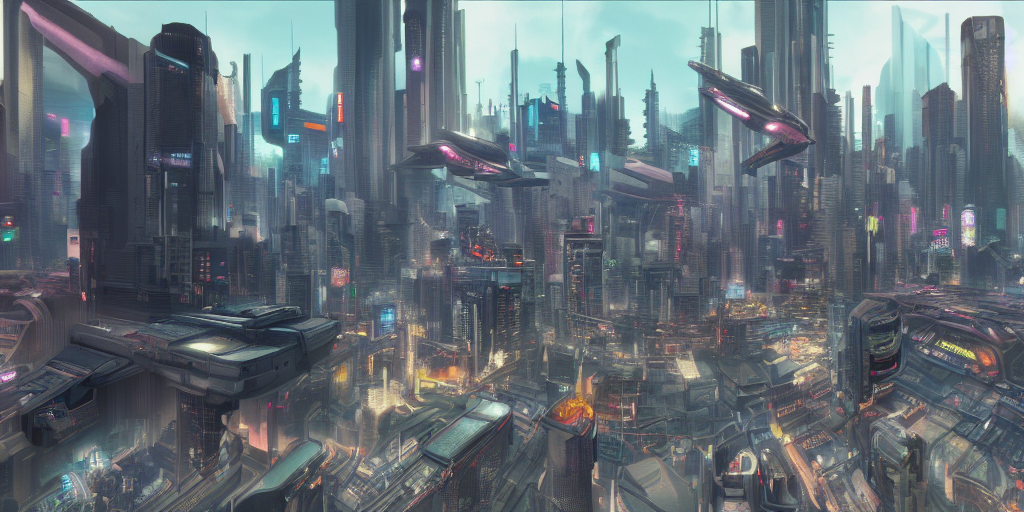
While the topics discussed in these snippets – such as future casting, critical design, speculative design, and design fiction – may sound like something out of a science fiction novel, they are actually grounded in reality. These are design approaches and techniques that are used by real designers and organizations to explore and anticipate potential future developments and trends. They are not based on speculation or fantasy, but rather on data, research, and analysis.
In short, these topics are not considered science fiction because they are not about imaginary or fantastical worlds, but rather about using design and other tools to better understand and prepare for the future. They may involve exploring potential scenarios and developments that are not yet possible, but they are based on real-world data and insights, and are intended to help us to be better prepared for what the future might hold.
every text was written by chatbot.openai.com
almost every image is made by stable diffusion
